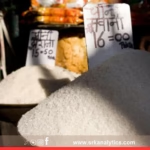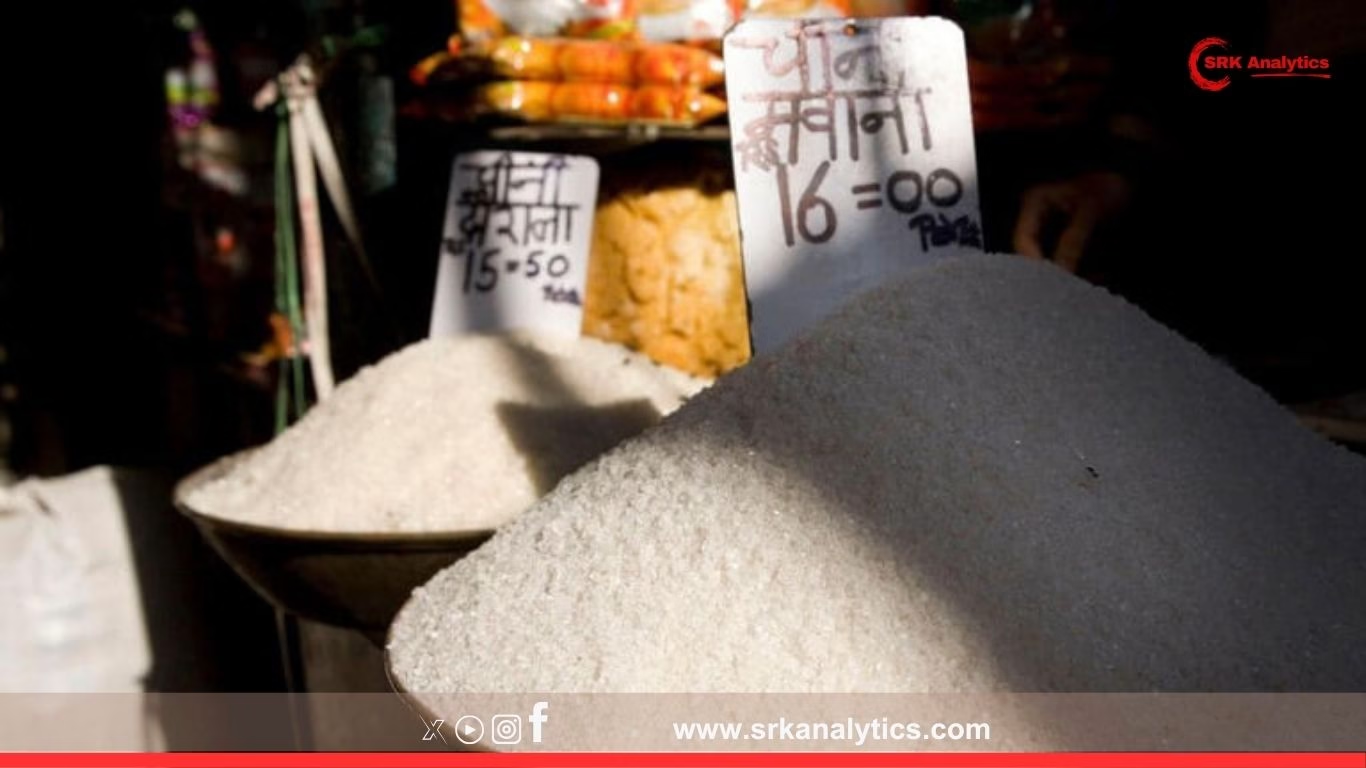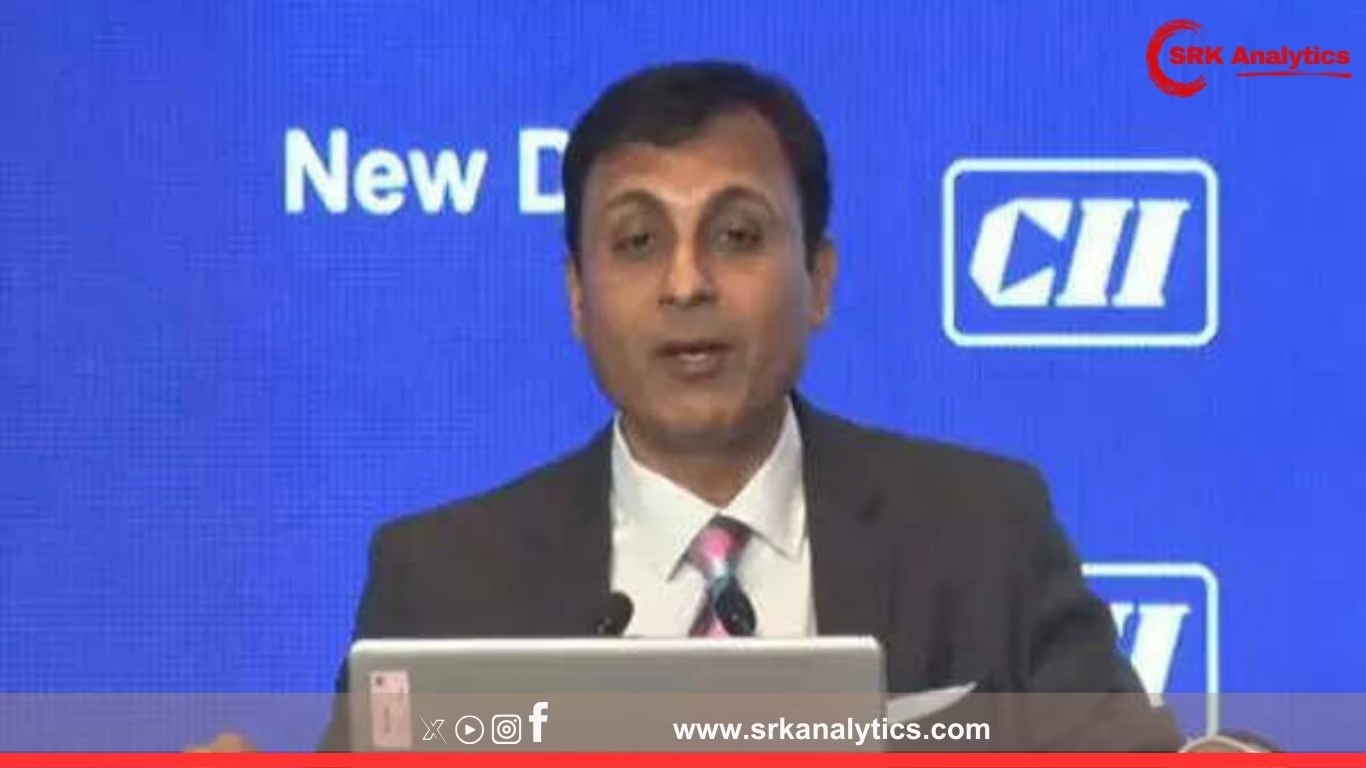India’s sugar industry has shown renewed optimism as the country’s sugar exports have touched nearly 700,000 tonnes so far in the ongoing sugar season, with expectations of crossing 900,000 tonnes by September 2025. This comes amid a global market witnessing fluctuating prices, tighter supplies from Brazil due to logistical challenges, and India’s strategic management of its sugar stocks.
According to trade bodies and industry executives, the government had initially allowed exports of 650,000 tonnes under the Open General Licence (OGL) for the 2024-25 season. However, due to strong demand from countries such as Bangladesh, Sri Lanka, Somalia, UAE, and Indonesia, along with favourable pricing dynamics, shipments crossed this indicative cap, with port-loading data reflecting 700,000 tonnes in cumulative dispatches by early July.
Key factors supporting India’s sugar export momentum
- Tight global supply: Brazil, the world’s largest sugar exporter, has faced rains disrupting crushing operations, delaying shipments to Asian and Middle Eastern markets. This has opened an opportunity for Indian millers to fulfil near-term demand.
- Favourable rupee dynamics: The depreciation of the rupee against the US dollar improved net realisations for exporters, boosting competitiveness in the international market.
- Strong domestic crushing: India’s sugar production remained robust despite earlier fears of lower cane yields in Maharashtra due to patchy monsoon rainfall last year.
- Pre-festive season demand: Asian buyers are restocking in anticipation of upcoming festivals, where refined sugar demand peaks for food processing, confectionery, and beverage sectors.
Current export destinations for Indian sugar (January-July 2025)
| Country | Estimated exports (tonnes) |
|---|---|
| Bangladesh | 180,000 |
| Sri Lanka | 120,000 |
| Somalia | 95,000 |
| UAE | 85,000 |
| Indonesia | 70,000 |
| Other markets | 150,000 |
| Total | 700,000 |
Industry sources say a further 200,000 tonnes are in pipeline contracts for August-September delivery, taking cumulative season exports closer to 900,000 tonnes, subject to port loading and customs clearance schedules.
Policy stance and industry requests
Indian sugar mills have urged the government to consider additional export quotas to stabilise domestic ex-mill prices, improve mill liquidity for timely cane payment, and reduce inventory costs. However, policymakers remain cautious, ensuring sufficient stocks for national consumption before relaxing caps further.
A senior food ministry official said:
“We are constantly monitoring domestic supply, prices, and cane arrears before permitting further exports. Domestic availability remains the priority, but export competitiveness is equally important for the health of the industry.”
The Indian Sugar Mills Association (ISMA) has proposed an additional 300,000-400,000 tonnes export allocation for this season to maintain mill operational stability.
Comparative trend: Last 5 sugar seasons
| Sugar Season | Total exports (million tonnes) |
|---|---|
| 2020-21 | 6.0 |
| 2021-22 | 10.4 |
| 2022-23 | 7.1 |
| 2023-24 | 1.3 |
| 2024-25* | 0.7 (so far) |
*Note: 2024-25 data is as of early July; projected to reach 0.9 million tonnes by Sep.
Outlook ahead
Analysts believe Indian sugar exports will remain competitive, especially if Brazil’s weather issues persist, leading to higher international raw and refined sugar prices. However, domestic consumption, ethanol blending programmes, and minimum stock requirements will continue to influence policy decisions for any further outward allocation in the coming months.
Industry consultant Prakash Naik summarised:
“The window for Indian exports is narrow this year due to government controls. Yet, the ability to ship nearly a million tonnes reflects the resilience of our millers and trade networks, maintaining India’s strategic relevance in global sugar supply chains.”
Market impact
The global raw sugar futures on ICE hovered near 22.50 cents per pound, with traders watching India’s policy cues closely. Any relaxation of export restrictions could cap international prices, while tighter controls may lead to bullish trends benefiting Brazilian suppliers.
Conclusion
India’s sugar industry continues to balance domestic needs with export opportunities. Achieving 900,000 tonnes by September will provide millers crucial revenue support ahead of the next crushing season, while reinforcing India’s positioning as a flexible and reliable global sugar supplier.
Disclaimer: This news content is for informational purposes only. It is based on available industry updates and expert opinions, not constituting professional investment or trading advice. Readers are advised to consult relevant sources independently before making business or policy decisions.











